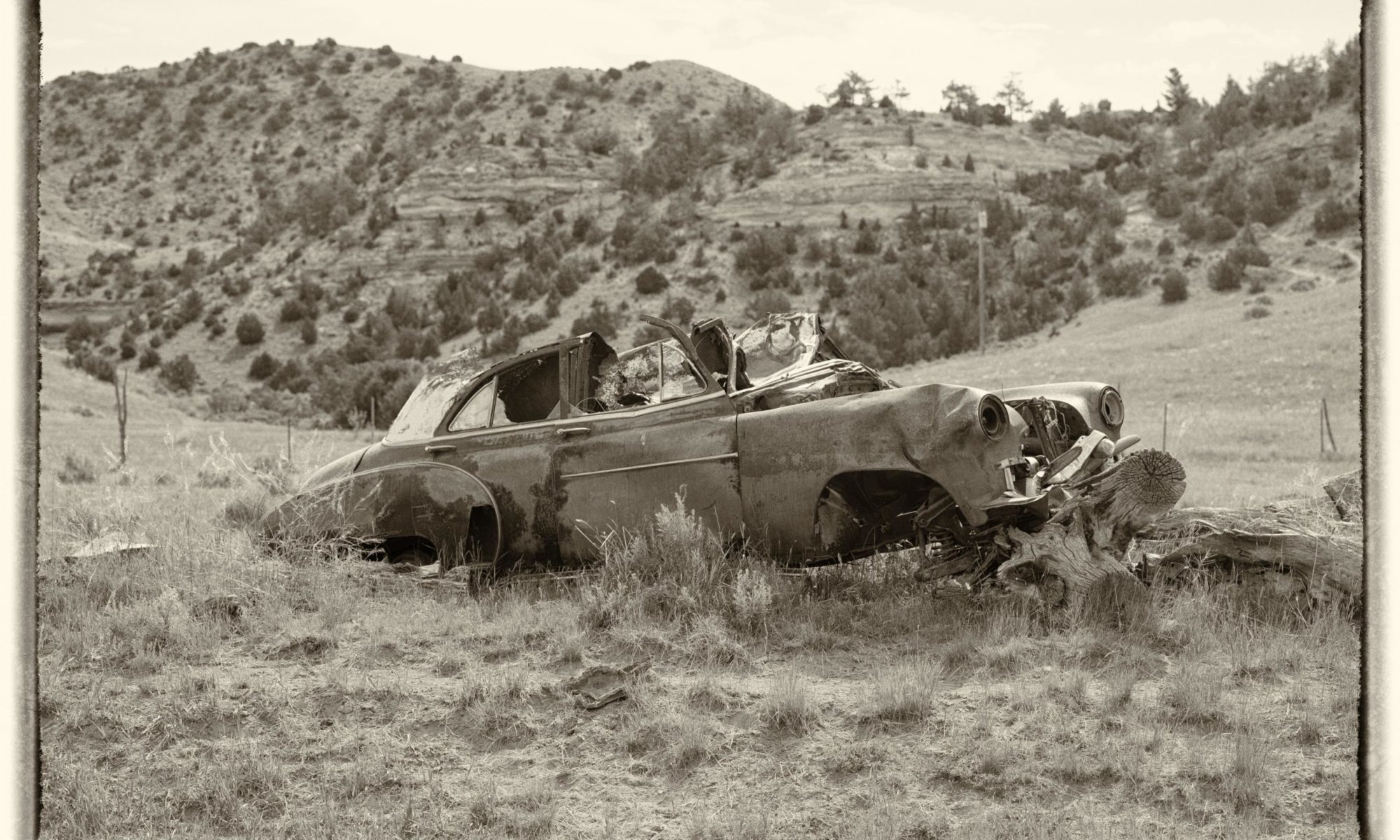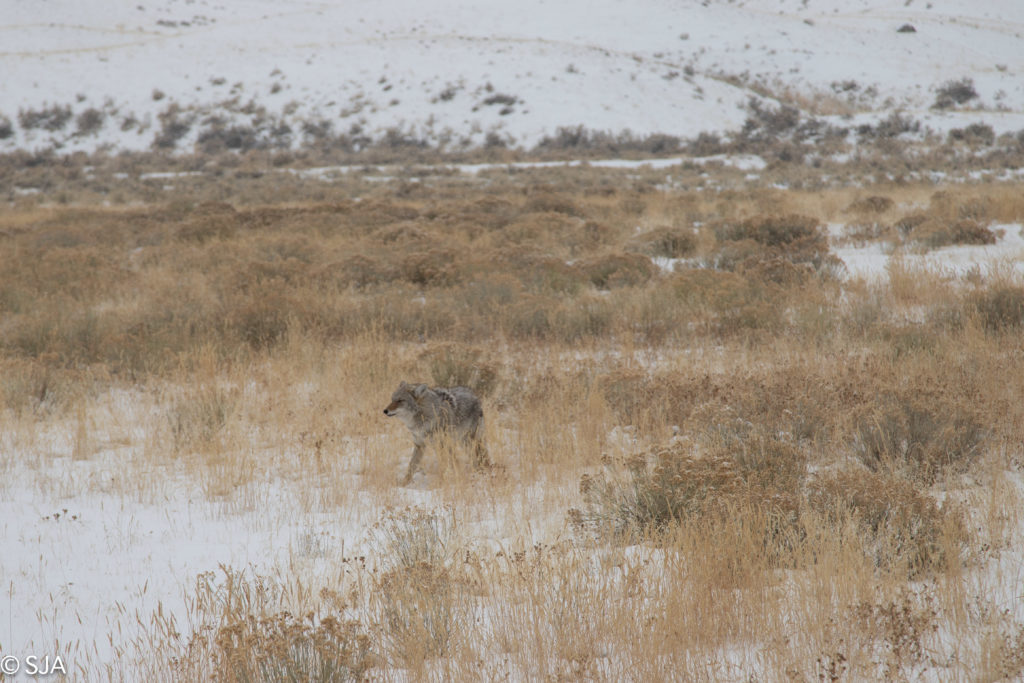I sat at the feet of my Granddad with wide-eyed wonder and hung on every word. As he recounted his tale, the Montana prairies came to life. The northern winds blew snow and whistled through the stubbles of dry grass. I imagined every scene as he told his story.
By 1915, there were many homesteaders staking claims in Montana. By that time, the amount of land deeded had been increased to 320 acres per homesteader. The allotted time to “prove” their homestead was decreased to three years. A homesteader would file a claim, build a cabin and live there. Witnesses gave written documentation as to the validity of the homesteader’s claim.
One homesteader from the East staked his claim and built his house on the Montana prairie. He wasn’t too anxious to spend winter on the open prairie so left to go to the city or back East to spend the winter. This left his cabin empty all winter. Like other cabins in homesteading country, this one was left unlocked. According to the code of the west, one’s home, no matter how humble, was open to others. The drawstring was left on the outside of the door to welcome passing travelers. Whatever meager supplies were in the cabin could be used. A passerby could stay and leave whatever he could for others and replenish the woodpile.
A family with a little boy moved into the community. The boy was sick with “consumption” and the doctor thought the cool Montana air would help him. It did for a while, but when the flu made its rounds, the boy’s life was taken from him. It was a bitter cold winter and the ground was frozen solid. The undertaker sent his crew to the community cemetery on the hill. Without the cover of snow, the ground was frozen hard and deep. The grave diggers couldn’t even dig a posthole, much less a grave. On a frigid January day, they placed the boy’s casket in the empty homesteader’s cabin. Flu claimed the life of another and soon a second casket was added.
Winter continued to be bitter cold. Along in February as the evening shadows lengthened, a traveler turned into the homesteader’s cabin. It was a welcome sight as the day was ending and the cold wind whipped down his neck. He pulled the string and entered the cabin. He got a fire going, melted some snow for a pot of coffee, got a pan of beans on the stove and then lit a lamp and set it on the table. Upon a further survey of the contents of the cabin, he noticed a wooden box that looked suspiciously like a casket. There was another beside it. He found a hammer, pried off the lid and dropped it back down quickly. He left the drawstring hanging as the door hit his heels on the way out.
Unbeknown to him, postholes weren’t the only thing that couldn’t be dug that winter.



